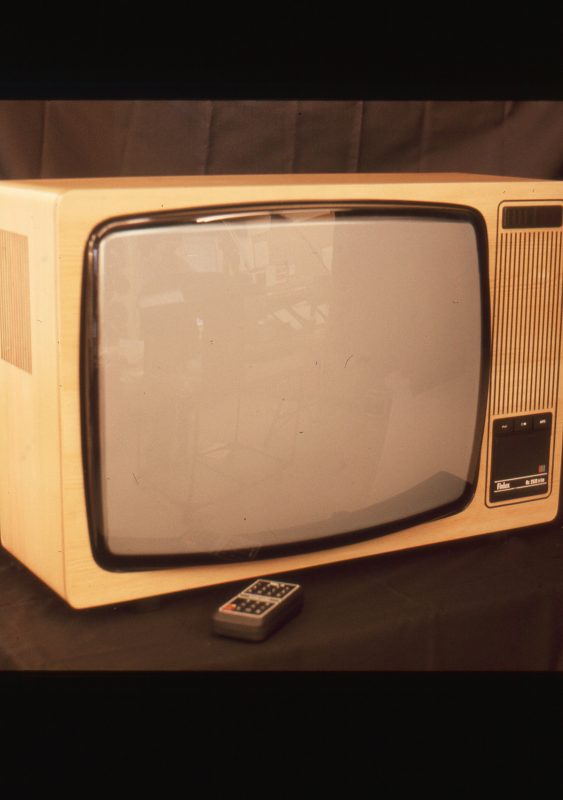Finlux invested in product development
In 1975 I was hired as a designer in Finlux's product development department, working alongside Veikko Rintala and under Pertti Joutlahti, who was the Product Development Manager. The group's mechanical design was handled by Pauli Saarinen, Harri Holm and Tauno Törnström. Design and mechanical design were part of the product development department, headed by Ahti Aintila. Hannu Lude, head of department, was the link between the management and the designers.
We product development people had good and working relationships with other designers, domestic and export marketing, purchasing people, production management and production workers, all of whom we sometimes even secretly asked our superiors for their comments. We felt like a big family with a real concern for our success in a new competitive environment. There was a real fear that the loss-making electronics industry in Lohja would be closed down. In his initial interview with the designer, Matti Kaitera, director of the TV factory, said: "When you make sure that the products look like they were made in the factory and that design is not a barrier to the market, we will be alright.” - I have never received better instructions from anyone.
So, I jumped on board a moving train, where the then state-of-the-art Finlux TC (Touch Control) colour TV range had just come into production, where the separate channel selection switches had been replaced by electricity (IC technology). The next step was to design the RC generation (RC = Remote Control) and a completely new type of HiFi centre.
Both had a crushingly short development timetable. Salora had launched its own Hifi Centre and the home country was literally crying out for a better one. Regarding televisions, volumes could only be increased through exports, and Finlux's export manager Pentti Visa had already negotiated a deal with the German Quelle store chain, if only we had a product they could use. The new designer found himself jumping not on a moving train, but on a moving supersonic plane, as design icon Veikko Rintala fell suddenly ill.
In terms of design, a HiFi centre and a TV have as much in common as a forest machine and a car. Solutions from one product cannot be used in the development of another. This meant that every day the designer had to think about two projects in parallel. My solution was to think about TV solutions during the day, because I could get help from around me, and "radio" problems in the evening/night, because it was not so easy to get help because the product was new to everyone. I was used to working 16-hour days in my previous design jobs and at a young age you can do that. I also needed to show that I can do it

